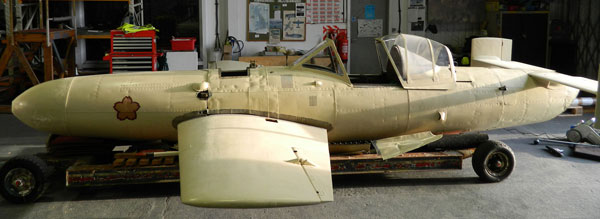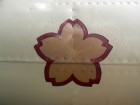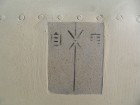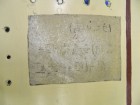Royal Navy Fleet Air Arm Museum – Press Release

A rare Japanese kamikaze aircraft, an Ohka 2, which has been hanging from the rafters of the Fleet Air Arm Museum for over 30 years, has been removed in preparation for a new display to commemorate the War in the Pacific.
Now available for closer inspection, it has revealed some intriguing markings which the Museum are seeking help in translating.
Another marking on the side of the aircraft is that of a cherry blossom, from which the Ohka takes its name. The Ohka or cherry blossom is a Japanese symbol of flowering and rebirth.
There are thought to be fewer than 12 Ohka 2 kamikaze aircraft in existence today.
When used towards the end of WWII, they were fixed to the underside of Mitsubishi G4M bombers (nicknamed ‘Betty bombers’ by the Americans). They were flown to a height of 12,000 feet and released in a steep dive during which three solid fuel rockets would be ignited enabling the aircraft to reach speeds of up to 475mph and travel distances of 21 miles before reaching its target.
Says Museum spokesperson Jon Jefferies “It is chilling to look through the cockpit window of this piloted rocket and through the ringed sight. There’s a grab handle fixed to the inner wall of the cockpit as acceleration generated by the three solid fuel rockets would have been incredible.”
The aircraft will eventually undergo a detailed forensic process during which the paint applied after the war, will be removed layer by layer to return it to its original paintwork and markings. This process has been pioneered by the Fleet Air Arm Museum and used to return a WWII Corsair to its original paintwork and markings and is currently nearing completion on a WWII Grumman Martlet.
If you are able to assist in the translation of the Japanese insignia on the Ohka, please contact the Museum’s Curator of Aircraft Dave Morris. davem@fleetairarm.com



